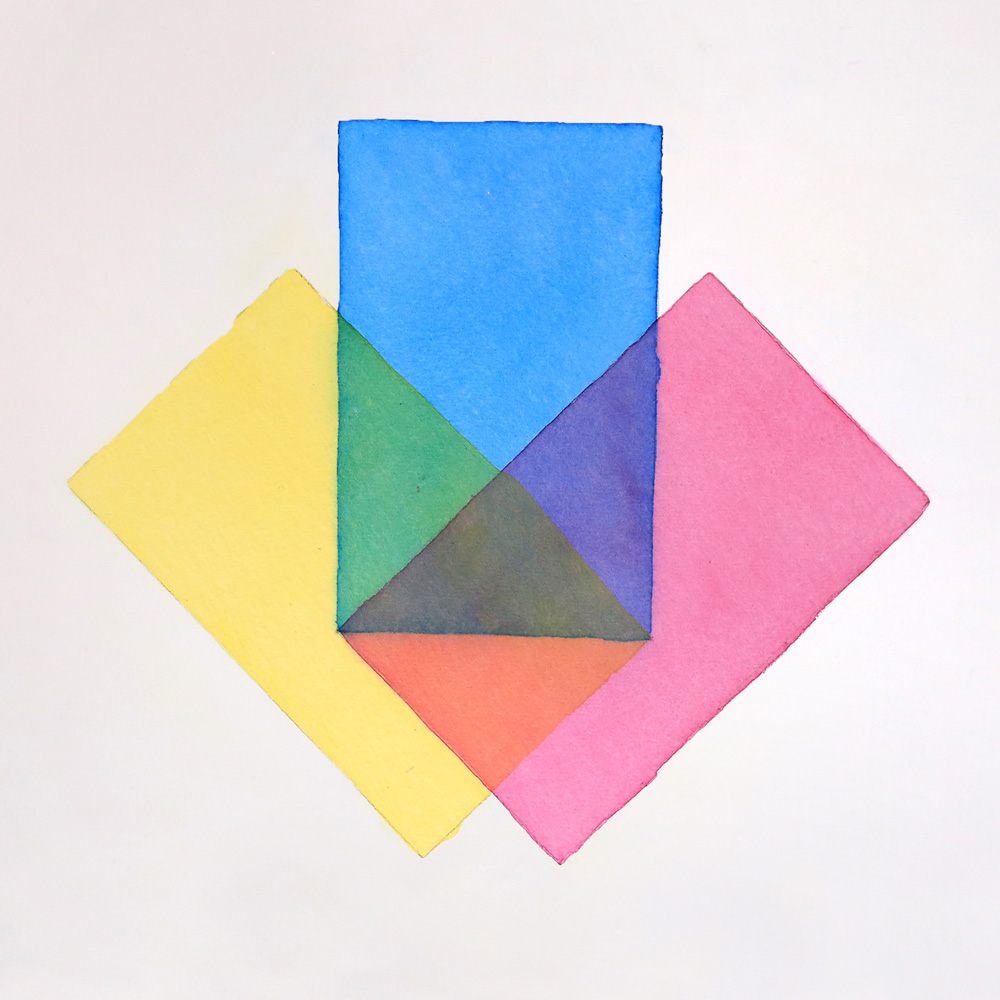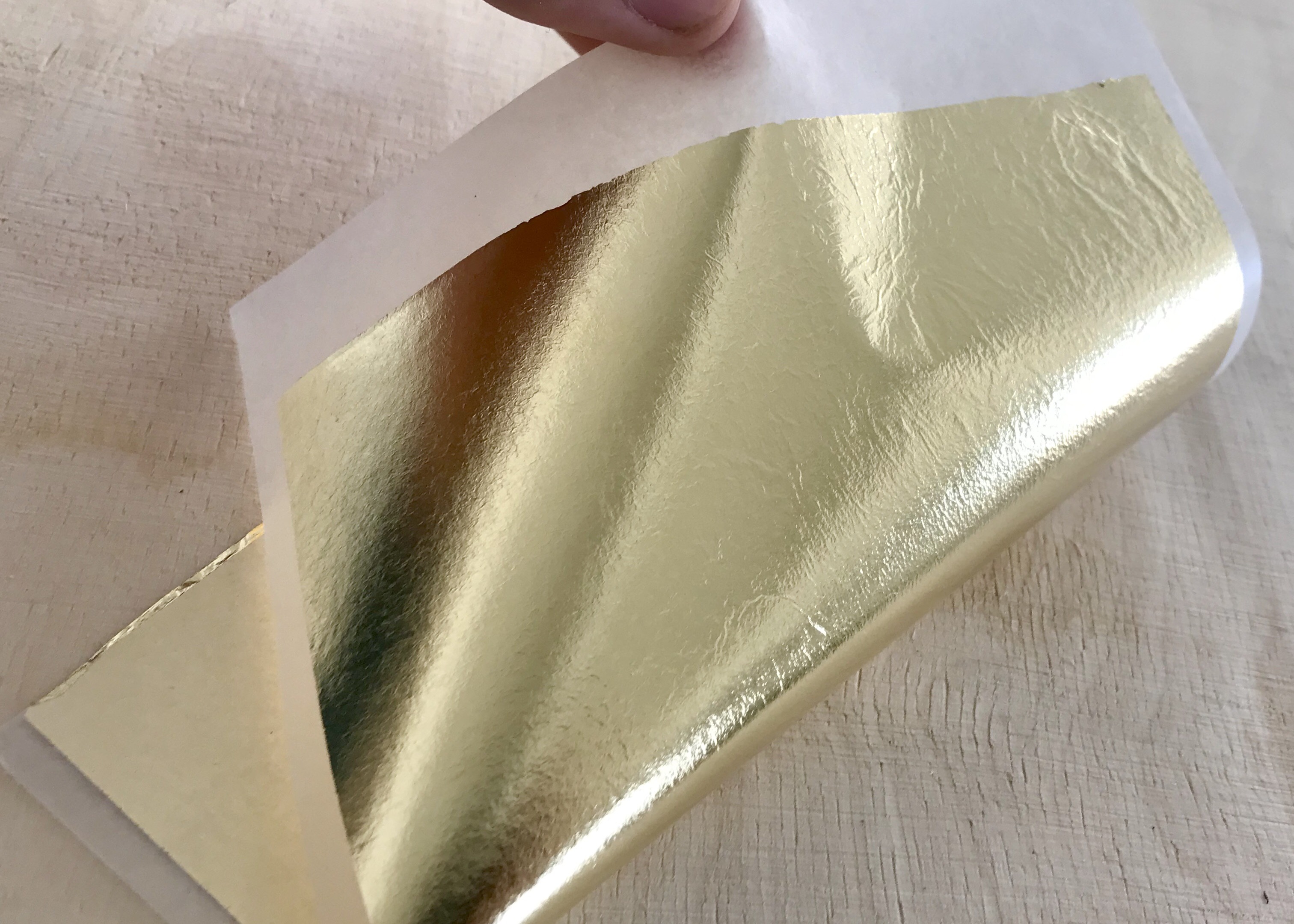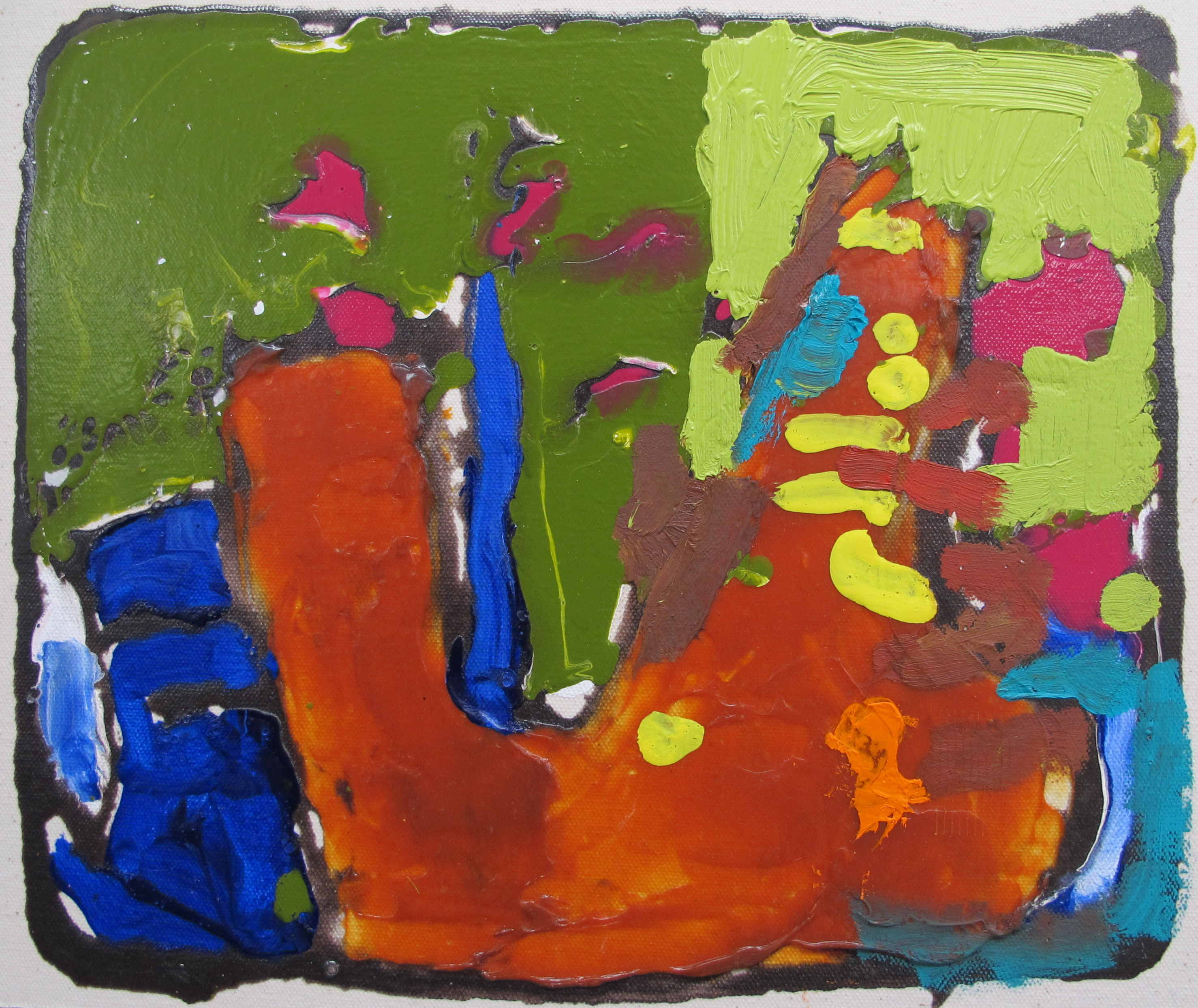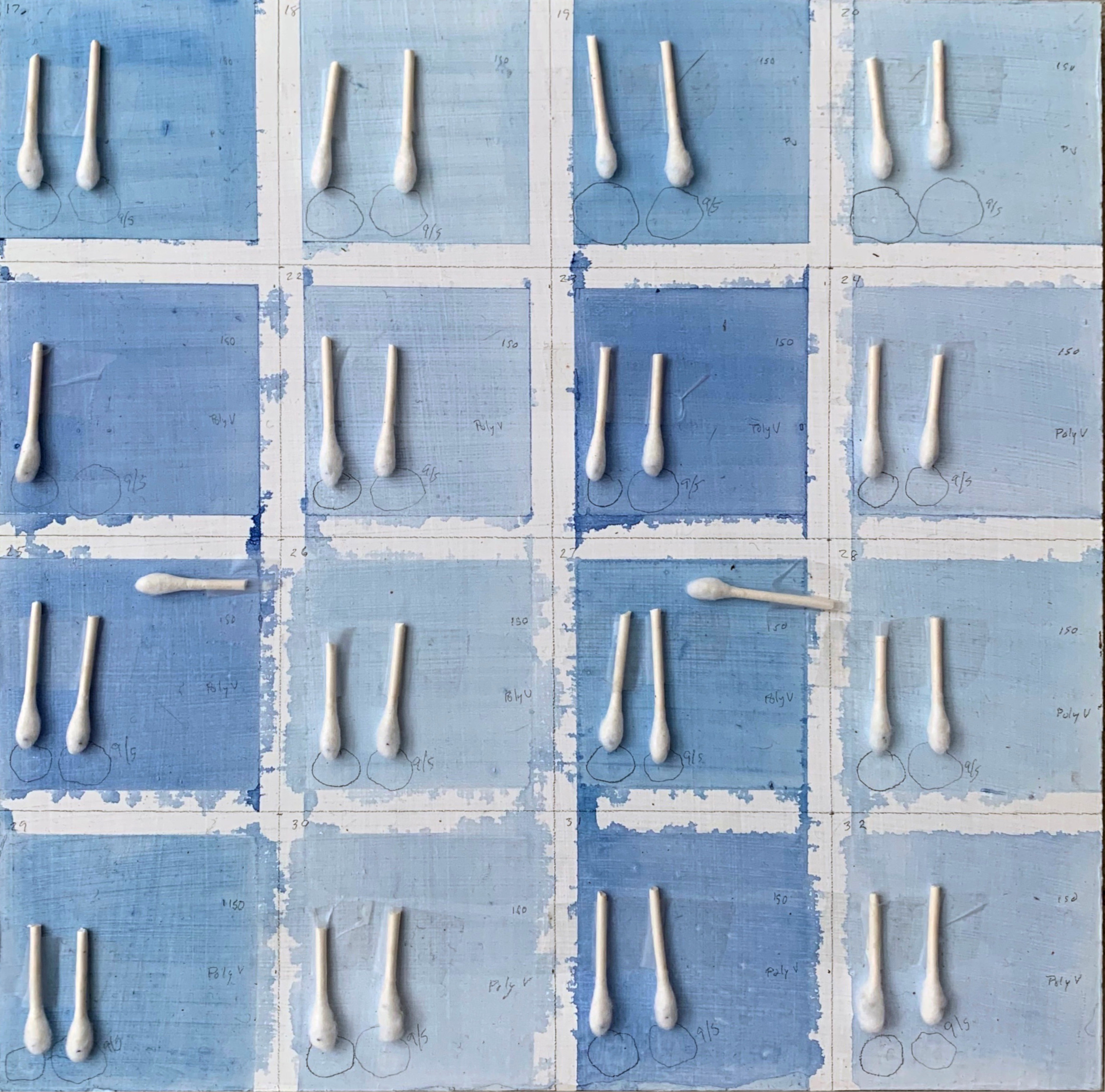MIXED MEDIA: COLLAGING WITH DIMENSIONAL TEXTILES GAC 400 will permeate fabric*, stiffening it as it dries. Since acrylic bonds to acrylic, once dry, the saturated fabric should provide an excellent bond with other acrylics. Expect some gloss on the surface and a slight darkening of the fabric. Care should be taken not to roll, stretch … Read more
Home>Uncategorized> Just Paint Experience > Collage Textiles 3D
Archive | Uncategorized
MIXED MEDIA Mixed Media/Collage with Golden Mediums: Creating image transfers, stiffening fabrics or using as an adhesive. These are just a few of the ways mediums can be useful. With a range from thin Fluid Mediums to thicker Gel Mediums, mediums can be an important tool for any artist. Related Content Collaging with Flat Textiles: Create … Read more
12 Color Pouring Tips GOLDEN Color Pouring Medium [CPM] extends acrylic paints for pouring. Either Matte or Gloss formulas may be mixed with most acrylic paints, although GOLDEN Fluid and High Flow colors are best suited for pouring. Here are some tips for successful color pours: SUPPORT PREP ■ Use a smooth, rigid surface like … Read more
The word “glaze” can have a very slightly different meaning whether you are painting with oils, acrylics or watercolor. In all three media, a glaze is a translucent layer of color applied on top of a base of other colors or an underpainting. This base layer could be a color field or imagery, as in … Read more
Gold leaf can be a wonderful addition to acrylic paintings, as it provides contrast in sheen and reflectance. We are often asked if it is possible to paint on top of gold leaf with acrylic paints and whether it is necessary to seal the gold leaf before doing so. The short answer is: intermediate coatings … Read more
Editor’s Note: Added April 26, 2022 For some time, our recommendation for artists using oils over acrylic has been to work over harder, matte acrylic surfaces and avoid working on softer gels and gloss products. Our intention was to optimize the level of adhesion that would be achieved on a toothier surface as well as … Read more
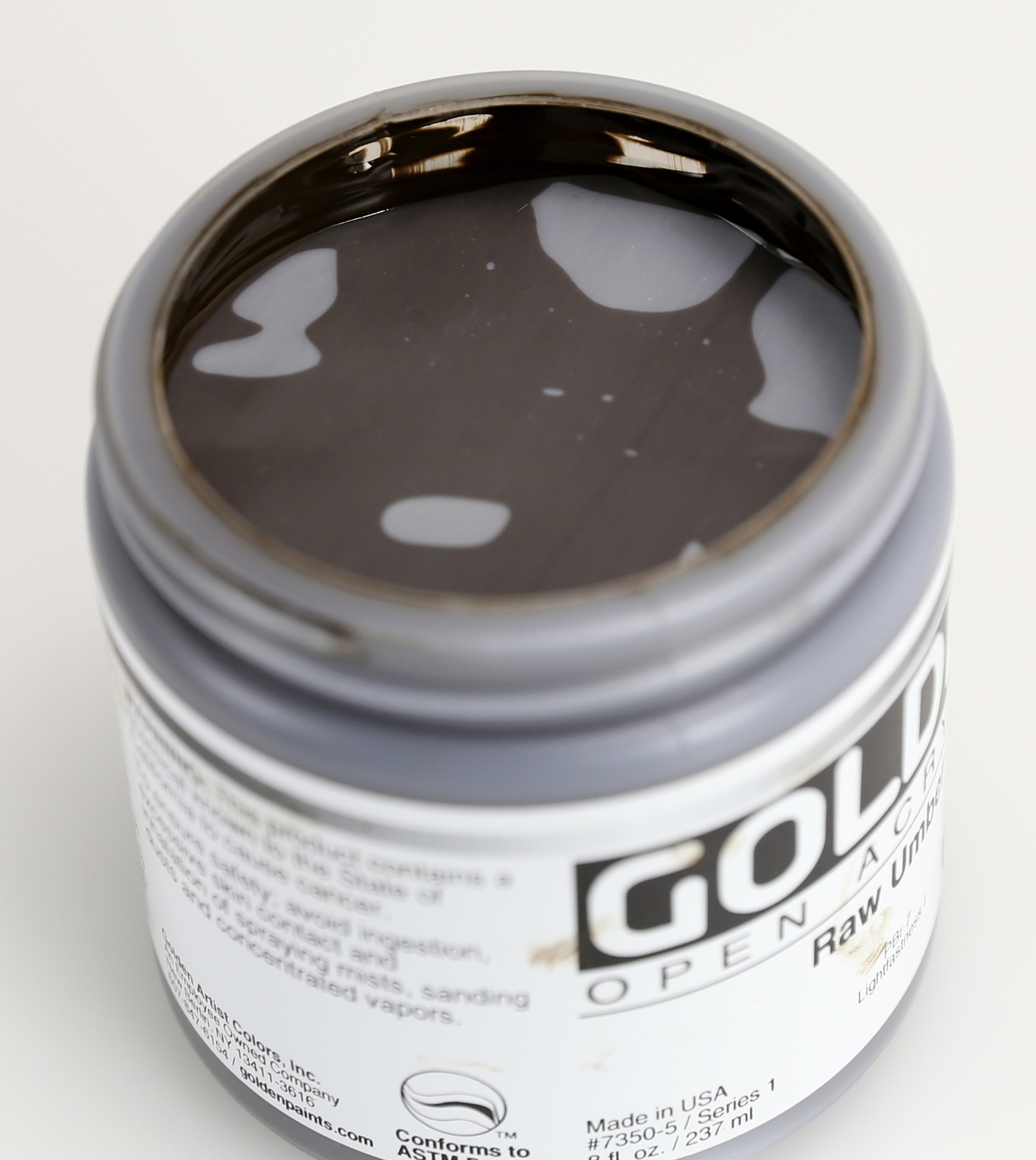
Welcome to Just Paint – our long-form love affair with materials and our commitment to the professional arts community. This issue shares some recent activities at GOLDEN, including our latest Gallery show featuring extraordinary work by Ann Walsh. Ann Walsh: Colors, to some might sound a bit too expansive, but once you walk into the … Read more

The exhibition, Ann Walsh: Colors at the Sam & Adele Golden Gallery through March 15, 2019 comprises twenty-four works made from 1986 through 2018. A dynamic language, enabled by color, is the thread that winds through the show. Ann Walsh’s color is amplified, saturated, buoyant, made inescapable. Color selection and color relationships are pre-eminent. Nine … Read more
This past September 4th – 29th, Golden Artist Colors, in collaboration with the Scholastic Art & Writing Awards and its affiliate national nonprofit organization, the Alliance for Young Artists & Writers, sponsored the group show Artists & Mentors. The show included 12 artists who had been selected for the GOLDEN/Scholastic Artist Residency. This show shined … Read more
In blog posts and workshops the warnings can seem dire: add too much water, we are told, and the acrylic binder will break down, causing paint to flake off or adhesion to fail. Some will set the magical mark at 30%, others at 50, but almost universally the rules are presented without citing or showing any … Read more

